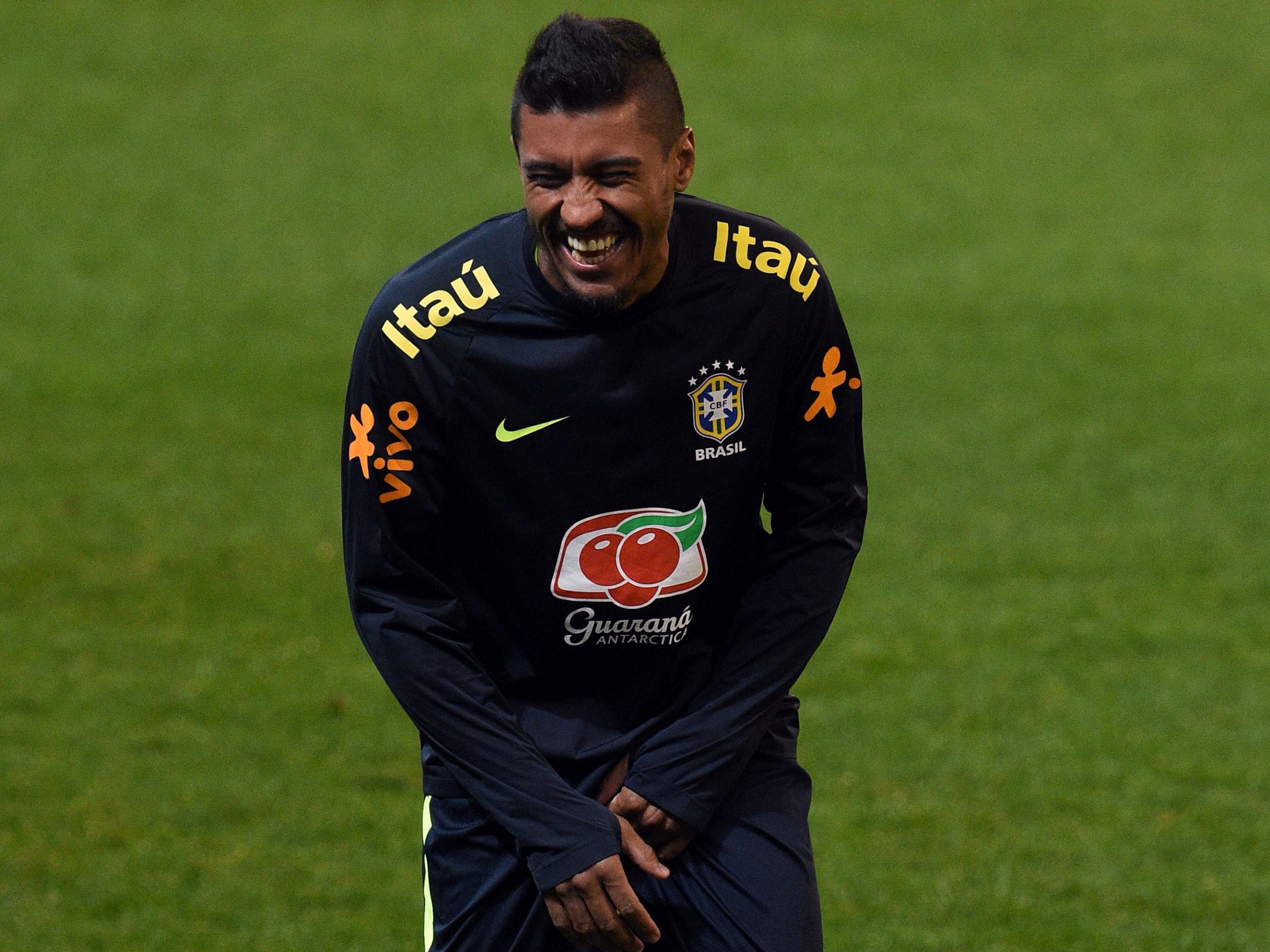Is Barcelona's purchase of Paulinho a sign that after Lionel Messi and Andres Iniesta La Masia is starting to fail?
Barca won the Champions League with seven youth players in 2011, but where are the next wave of youngsters breaking through to the first team?

If Barcelona’s purchase of Paulinho has raised so many eyebrows, it has also raised a much deeper debate about the club, which is far more important than any one signing and cuts to the core of its very philosophy.
Given that the Brazilian international has been bought as a back-up for one of the jewels of their youth system in Sergio Busquets, a player who excels in one of the midfield positions Barca’s coaching has most specialised in, why is there no player from La Masia that can step up? Why are there so few players now coming through from La Masia in general? Why has the production line stopped?
It is the kind of sentence that would have seemed unthinkable but half a decade ago, when Pep Guardiola’s side won the 2011 Champions League final having started the game with a competition record of seven youth graduates, and the approach was rightly lauded as the reason they were so far ahead of everyone else in the game.
It reflected a purer way of thinking and planning, of patiently ingraining an idea in the core of a team and reaping benefits that had far more potential than just going out and signing the most expensive players. Supremely scouted and talented players would be excellently coached according to fundamental principles that were then the most influential in the game, with that very integration meaning they all had a better understanding when they actually played together and thereby created an even more cohesive side.
The fall from that reflects the evaporation of that thinking, and fits in with the general lack of team planning that has left Barca without Neymar and now in such a quandary as to what to do next. They could never have done with some promising youth products more, for a whole variety of reasons, but then that’s the whole point.
Those who work around the club admit it’s at a “crossroads”, but insist that the first steps in the right direction have been taken again.
There is also an argument that there are wider-scale issues at play. Investing in your youth system is no guarantee of a “conveyer belt” of talent, but merely gives you the best possible conditions to develop one. There will always be fallow years, and that will feel all the more pronounced when your last main crop were not just a good group but perhaps the best of all time in Lionel Messi, Xavi, Andres Iniesta et al. Even the very durability of their brilliance can become an issue, as was seen with the unwanted sale of Thiago Alcantara in 2013. The level the first team achieved was near perfection, making it very difficult for young players to come through.
It’s also true however that Barca’s conditions weren’t necessarily at their best around this time. Pep Segura has recently been promoted to Sport Manager for Football, and that is a reflection of the impressive and swift improvements he made to La Masia on returning to the club as Head of Academy at Barcelona B in 2015. Those improvements were at that point badly required, because the club simply hadn’t been doing well structurally to feed the first team. Results and scouting were just not what they had been.
The youth sides hadn’t really been winning their leagues then, something that was simply unheard of, while the B team were in the third tier. The feeling was that it would be difficult to provide youth graduates for the first team at that kind of distance from the top, so before doing anything they first needed to bring in players just to get them back up to Segunda. That would then create a more ideal pathway again, and give the players much better preparation. They did exactly that, results and scouting have improved but the very nature of youth production means that any effects won’t be seen for some time.

Defensive midfielder Sergi Samper is an indicative case study. When he was 15 and an utter stand-out in his age group, Barca fought to resist a host of Premier League clubs, and he was logically seen as a successor to Busquets. He’s now 22 and just hasn’t progressed to the level his potential once suggested; good… but not good enough for the level required at Barca. Now, mid to lower range Premier League sides have zero interest in him.
And that’s just the players they have. Barca have similarly been reluctant to pay the agents of teenagers the ridiculous fees some English clubs have because of everything that entails and the counter-productive effect it can have. The basic ebb and flow of these very processes, meanwhile, led to other challenges. A lot of clubs inspired by Masia started to spend a lot of time and money on youth football. Monchi’s system saw Sevilla, for example, scout the world’s best young players. Standards just rose elsewhere - and especially at German clubs - making it more demanding in terms of bringing players through.
Barca meanwhile need to bring their standards back to the optimum but, as one source said, “there is no quick fix” - even if that’s what it looks like Paulinho is an attempt at, albeit a very expensive one.
Many at the club would argue the right steps are now being taken, as the progress displayed under Segura would show.
For the first team up against a genuinely revolutionised Real Madrid, though, it might get worse before it gets better.
Join our commenting forum
Join thought-provoking conversations, follow other Independent readers and see their replies
Comments